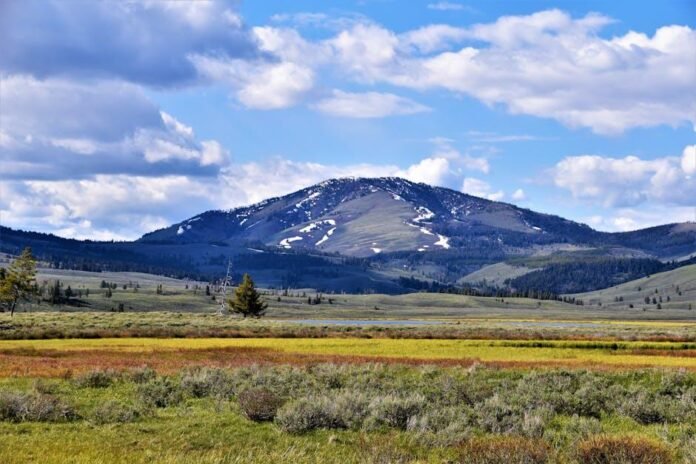Visiting Yellowstone: What You Should know
Nestled in the heart of the Rocky Mountains, Yellowstone National Park emerges as a breathtaking tapestry of natural wonders, where sprawling geysers erupt in rhythmic harmony and vibrant wildflower meadows dance in the gentle breeze. Established in 1872 as the first national park in the United States—and indeed, the world—Yellowstone remains a timeless sanctuary, inviting adventurers and nature lovers from across the globe to embrace its captivating landscapes and diverse wildlife. As you plan your journey to this iconic destination, it becomes essential to navigate its intricacies with care.In this guide, we’ll explore the essential details you need to make the most of your visit, ensuring that your experience within this majestic haven is as seamless as it is indeed unforgettable. From practical tips on when to visit and where to stay, to crucial park regulations, join us as we unveil the hidden treasures of yellowstone, empowering you to forge your own path through its awe-inspiring wilderness.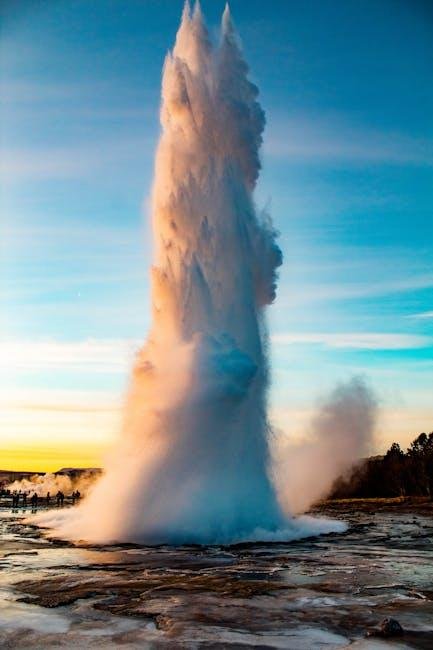
Planning Your Adventure: Essential Tips for Exploring Yellowstone
Embarking on an expedition through Yellowstone’s vast landscapes requires more than just a sense of adventure; meticulous planning can substantially enhance your experience. First, consider the season of your visit. Each season offers a unique glimpse into the park’s beauty,from spring’s vibrant blooms to the winter’s serene snow-covered vistas. Ensure you check for road closures and weather conditions, as they can impact access to certain areas. Additionally, familiarize yourself with the park’s entrance fees and operating hours to avoid unexpected surprises. Remember to download the Yellowstone National Park app for maps and real-time updates on wildlife sightings and road conditions.
Your exploration should also include preparing for the wildlife encounters that make Yellowstone iconic.Take these essential tips into account:
- Maintain a Safe Distance: Keep at least 100 yards from bears and wolves, and at least 25 yards from all other wildlife.
- Pack Proper Gear: Sturdy hiking boots, weather-appropriate clothing, and a first-aid kit are essential.
- Culinary Preparations: Consider bringing a reusable water bottle and energy snacks to stay hydrated and fueled for your adventures.
Additionally, consider planning your route around key attractions such as Old faithful or the Grand Canyon of the Yellowstone. A simple table outlining these must-see spots can serve as a handy reference:
| Attraction | Highlights | Best Time to Visit |
|---|---|---|
| Old Faithful | geyser eruptions, Visitor Center | Year-round, peak in summer |
| Grand Canyon of the Yellowstone | Stunning views, waterfalls | Late spring to early fall |
| Yellowstone Lake | Boating, fishing opportunities | Summer months |
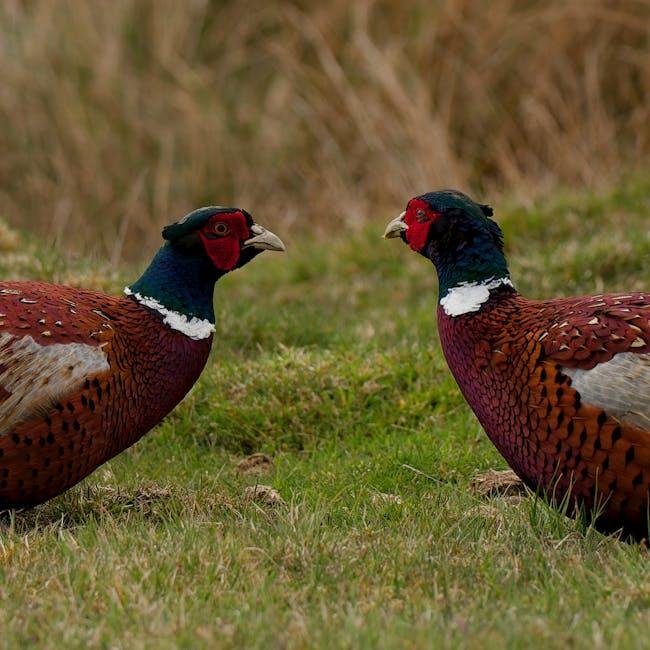
Wildlife Encounters: Best Practices for Safe and Memorable Viewing
When immersing yourself in the natural beauty of Yellowstone, encountering wildlife can be one of the most exhilarating experiences. However, understanding how to observe these creatures safely is crucial. Respecting their space is paramount; maintaining a distance of at least 100 yards from bears and wolves, and 25 yards from other wildlife like elk or bison, can ensure both your safety and the animals’ well-being.Keep your binoculars or camera zoom lenses handy for close-up views without intruding. Remember,a calm demeanor around wildlife prevents unnecessary stress for both you and the animals!
Preparation is key to ensuring a memorable experience. Before venturing out, familiarize yourself with the Wildlife Safety Guidelines laid out by the National Park Service. Here are a few tips to enhance your wildlife viewing experience while prioritizing safety:
- Stay on designated paths: This minimizes disruptions to natural habitats.
- Travel in groups: There’s safety in numbers, wich can deter aggressive animal encounters.
- Leave no trace: Always pack out what you bring in to keep the park pristine.
- Educate yourself: Know about local species’ behavior, especially during breeding or feeding seasons.
| Wildlife Type | Viewing Distance | Best Viewing Times |
|---|---|---|
| Bears | 100 yards | dawn & Dusk |
| Elk | 25 yards | Early Morning & Late Afternoon |
| Bison | 25 yards | Midday |
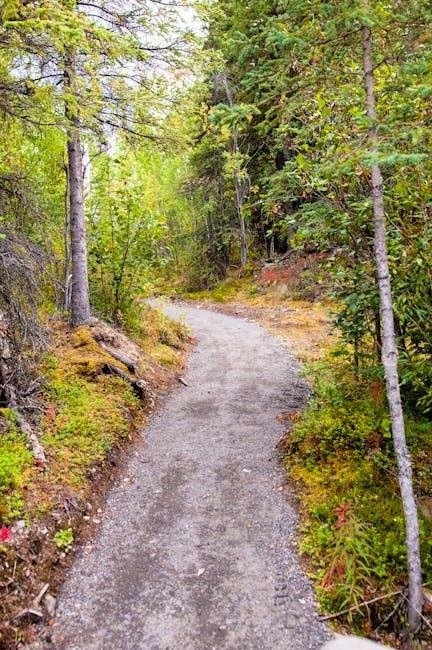
Navigating the Park: Must-Visit Trails and Scenic Spots
Venturing into Yellowstone offers an unforgettable experience for nature lovers and adventure seekers alike. The park is home to a myriad of trails that showcase its stunning landscapes and diverse wildlife. Here are some must-visit trails that will take you deep into the heart of this majestic wilderness:
- Paintbrush Divide Trail: A challenging 19-mile loop that rewards hikers with panoramic views of the Teton range and pristine alpine lakes.
- Fairy Falls Trail: An easy, accessible hike leading to a breathtaking waterfall, perfect for families or those seeking a leisurely stroll.
- Mount Washburn Trail: Offering some of the finest vistas in the park, this moderately strenuous hike culminates at an elevation of 10,243 feet.
In addition to trails, various scenic spots are not to be missed.Among them,the geothermal features of the park captivate every visitor. Here’s a look at some iconic sites:
| Scenic Spot | Description |
|---|---|
| Old Faithful | A famous geyser that erupts approximately every 90 minutes, showcasing nature’s power in breathtaking fashion. |
| Mammoth Hot Springs | Unique terraced formations created by mineral deposits, offering an otherworldly sight. |
| Grand Canyon of the Yellowstone | A stunning gorge with dramatic cliffs and vibrant colors, perfect for photography and observation. |
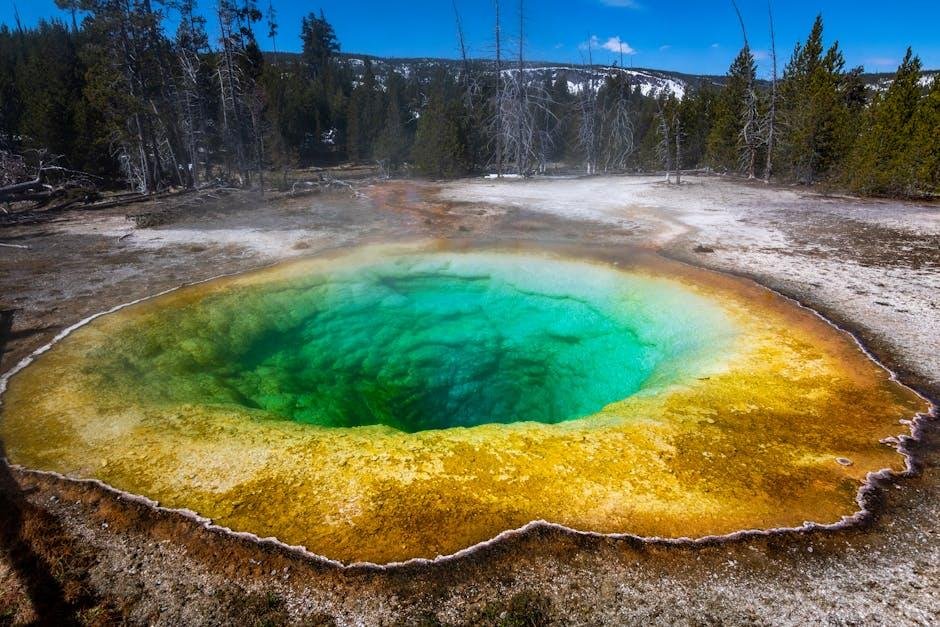
Preserving Nature: Responsible Travel in Yellowstone National Park
Exploring yellowstone National Park is a breathtaking experience filled with stunning landscapes, diverse wildlife, and geothermal wonders. However, to ensure that these natural treasures endure for future generations, it’s crucial to practice responsible travel while visiting. Adopting a few simple yet impactful habits can make a critically important difference. Here are some key principles to keep in mind:
- Stay on designated trails to minimize soil erosion and protect fragile ecosystems.
- Keep a respectful distance from wildlife; observe them from afar to avoid disrupting their natural behaviors.
- Pack out what you pack in; this includes all trash, leftover food, and personal items to maintain the park’s beauty.
- Use eco-friendly products when planning your stay or engaging in recreational activities.
- Follow fire regulations and never leave fires unattended, ensuring safety and protection of local flora and fauna.
Additionally, consider the impact of your travel choices beyond park boundaries. Supporting local businesses and conservation efforts helps foster sustainable tourism. Below is a brief summary of how you can contribute:
| Action | Benefit |
|---|---|
| Choose local guides | Enhances your experience and supports the community. |
| Participate in conservation programs | Directly contributes to preserving the park’s ecosystems. |
| stay at eco-friendly lodges | Promotes sustainable practices and reduces your carbon footprint. |
To Conclude
As you prepare for your adventure in Yellowstone, remember that this national treasure offers more than just breathtaking landscapes—it provides a chance to reconnect with nature and witness the raw power of the Earth. By planning ahead and embracing the spirit of exploration, you can navigate the park’s wonders with confidence and curiosity. Whether it’s the mesmerizing geothermal features, the diverse wildlife, or the sheer beauty of its iconic vistas, Yellowstone promises an unforgettable experience. So pack your bags, lace up your hiking boots, and get ready to create lasting memories.The wonder of Yellowstone awaits, and all that’s left to do is answer its call. Safe travels!
